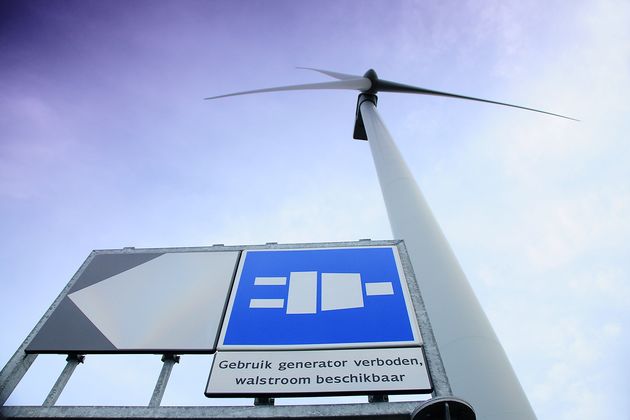The Netherlands – The Port Authority of Rotterdam has expanded its stake in Rotterdam Shore Power, a joint venture between Eneco and the Port Authority, from 20% to 50%.
This denotes an equal portion for both couples. The joint venture’s goal is to increase and hasten the delivery of shore electricity in the port during the next few years.
In order to allow ships to turn off their diesel engines when moored, Rotterdam Shore Power (RSP) designs, finances, and manages shore power facilities for the terminals in the port. As a result, moored ships in the port do not emit any particulate matter, nitrogen, or carbon dioxide.
2028
Since 2022, RSP has been supplying Heerema’s ships in the Caland Canal with shore power. A new substation was constructed to supply 20 megawatt hours of wind-generated electricity for this use. Projects have also started at Boskalis (Waalhaven) and DFDS Ferries (Vlaardingen).
RSP plans to increase the port’s range over the next few years so that by 2028 all deep-sea container terminals will have access to shore power. This can cut annual emissions by 2,500 tonnes of nitrogen and 200,000 tonnes of CO2.
Air quality
Allard Castelein, CEO of the Port of Rotterdam Authority: “Shore power is an important tool to further improve air quality and reduce CO2 emissions. In addition, it reduces nitrogen emissions by 70% per docked ship. That is why, as a port, we are taking a more active role in soon offering shore power for all large container ships in the port.”
As Tempelman, CCEO of Eneco adds: “The energy transition is multifaceted and the potential of electrification is enormous, shore power in the port of Rotterdam is a good example of this. With an equal interest in our JV Rotterdam Shore Power, the Port Authority and Eneco have found a good balance to accelerate the conversion to shore power together in the coming years.”





